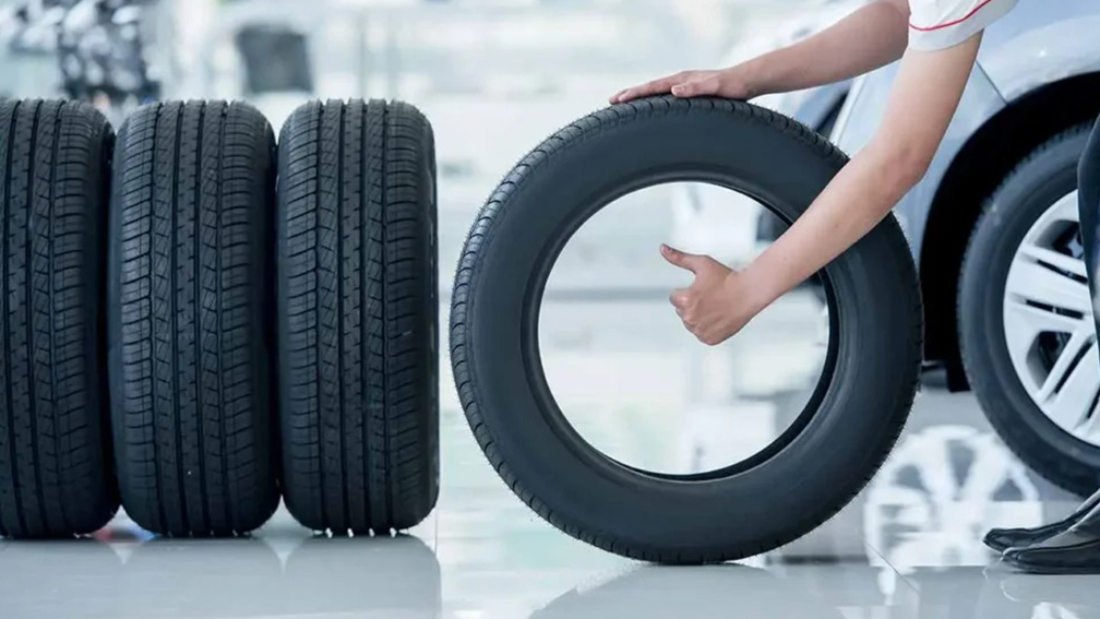Tires, or “tires” as they are commonly called in Spanish, are one of the most important components of any vehicle. They form the crucial interface between your car and the road and contribute significantly to your safety, comfort, and driving efficiency. Whether you’re driving on busy city streets, rough terrain, or on the highway, the right tires can make all the difference.
In this comprehensive guide, we’ll take a closer look at why tires are so important, how to choose the right set for your vehicle, and factors to consider when purchasing new tires. From understanding tire types and maintenance to recognizing when a tire change is necessary, this article will help you make informed decisions that will improve both your driving experience and vehicle safety.
Why Tires Matter
Tires don’t just carry the weight of your vehicle. They affect every aspect of your driving, including handling, fuel efficiency, braking, and overall safety. Here’s why the right tires are so important:

Traction and grip: Tires determine your vehicle’s grip on the road, especially in adverse weather conditions such as rain, snow, or ice. Tire tread affects your tires’ ability to shed water from the road surface and prevent hydroplaning.
Fuel efficiency: Properly inflated and well-maintained tires can improve your vehicle’s fuel efficiency. Worn or under-inflated tires create additional drag, causing the engine to work harder and consume more fuel.
Comfort and ride quality: Tires also affect how smooth and comfortable your ride feels. Comfortable tires absorb road bumps and reduce vibrations.
Safety: Tires play a crucial role in your safety on the road. Worn or damaged tires can impair your ability to brake, steer, and control the vehicle, especially during emergency maneuvers.
Tire types
There are different types of tires, each designed for specific driving conditions and vehicle types. Here’s a quick overview of the most common categories:
All-season tires: These versatile and popular tires are suitable for a wide range of conditions, including dry, wet, and light snow. They offer a balance of performance, comfort, and durability.

Summer tires: Also known as performance tires, summer tires offer excellent grip and handling in warm, dry conditions. They are ideal for sports cars and high-performance vehicles, but are not suitable for winter driving.
Winter tires: Winter tires are specifically designed for cold weather and feature a deeper tread pattern and a softer rubber compound that provides excellent traction on snow and ice.
All-terrain tires: These tires are designed for off-road enthusiasts who frequently drive on dirt roads, gravel, and other uneven surfaces. They offer improved durability and grip for rough terrain.
Run-flat tires: Run-flat tires allow you to continue driving for a limited distance even after a flat tire or loss of pressure. In situations where a flat tire occurs far from help, this can be life-saving.
Important Factors to Consider When Buying Tires
If your tires need replacing, it’s important to choose the right set based on your driving needs, vehicle specifications, and budget. Here are some important factors to consider:
Tire Size: You can always find the correct tire size in your vehicle’s owner’s manual or on the plate on the driver’s door. The size is usually specified in a format such as 205/55R16, which includes information about the tire width, aspect ratio, and rim diameter.
Tread Pattern: Different tread patterns are designed for different driving conditions. For example, tires with deeper, more aggressive tread patterns are better suited for off-road driving, while tires with a more streamlined tread pattern offer better fuel economy and a smoother ride.
Treadwear rating: The treadwear rating indicates how long a tire is expected to last. A higher rating generally means longer tread life. However, it’s also important to consider factors such as your driving style and road conditions.
Load and speed index: This index indicates the maximum weight and maximum speed a tire can safely support. Make sure the tires you choose meet or exceed the specifications for your vehicle.

Seasonal Considerations: If you live in a region with harsh winters, purchasing a separate set of winter tires may be worthwhile. In mild winters, all-season tires may be sufficient.
Tire Care Tips
Proper tire care is crucial for maximum tire life and optimal performance. Here are some basic maintenance tips:
Check tire pressure regularly: Proper tire pressure is critical for safety, fuel efficiency, and longevity. Check tire pressure at least once a month and before long trips.
Rotate tires: Rotating tires regularly ensures even wear and extends the life of your tires. Most experts recommend rotating tires every 8,000 to 13,000 kilometers.
Check tread depth: The minimum legal tread depth in most countries is 2/32 of an inch. However, it’s recommended to change tires before they reach this depth. You can check your tire tread depth using a tread depth gauge or the “penny test.”
Check for damage: Check your tires regularly for signs of damage such as cuts, bulges, or punctures. Correct any problems promptly to avoid blowouts or other safety hazards.
Balance and align tires: Proper wheel alignment and balancing prevents uneven wear and improves handling and ride quality.
Conclusion: Why choosing the right tires is so important
In the world of vehicle safety and performance, tires are often overlooked, but they play a crucial role in your driving experience. Choosing the right tires, properly maintaining them, and replacing them on time can significantly improve your vehicle’s handling, fuel economy, and safety.
Whether you’re looking for all-season tires for everyday use, winter tires for snowy conditions, or performance tires for sporty driving, investing in high-quality tires is always a wise decision. Remember: Your tires are the only part of your vehicle that actually touches the road. Therefore, take the time to choose the best tires for your needs.
By prioritizing comfort, performance, and safety, you’ll ensure that your tires—your vehicle’s “neumaticos”—provide a smooth, reliable, and enjoyable driving experience, mile after mile.


Add a Comment